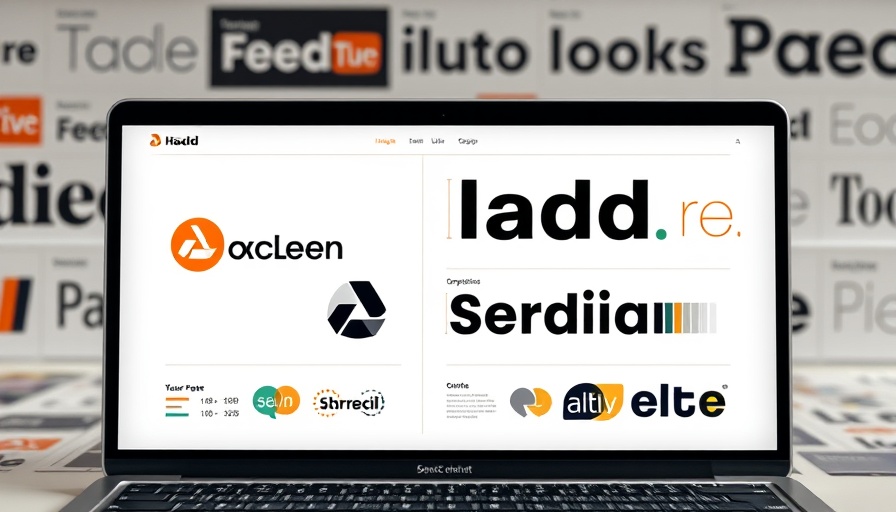
Why Posting Frequency Matters for Businesses
In the digital age, establishing a robust social media presence is essential for business growth and brand visibility. However, many businesses grapple with a fundamental question: How often should they post on social media?
A recent experiment by HubSpot explores this very dilemma, concluding that frequency can significantly impact engagement levels. The key takeaway? Finding the right balance is crucial. Brands that exceed or under-post can see diminished returns on their social media strategies.
Experiment Findings: Engaging Audiences at Optimal Frequencies
The HubSpot study revealed a spectrum of engagement by posting frequency. It highlighted that posting daily can enhance brand visibility, whereas granular strategies that take the audience and platform into account yield superior engagement. This concept suggests that simply posting for the sake of consistency might not be enough; understanding your audience's behavior and preferences plays a pivotal role.
Insights from the Tech World: Evolving Engagement Strategies
The evolution of social media algorithms and user expectations means businesses must adapt their posting strategies continually. Brands should be aware of emerging trends within their specific sectors. For instance, leveraging advanced analytics tools to assess optimal posting times and formats can lead to increased engagement rates.
Practical Tips for Crafting Your Social Media Strategy
To optimize your posting strategy, businesses should:
- Utilize a content calendar to streamline your posting schedule.
- Experiment with different formats such as videos, infographics, and live posts to gauge audience response.
- Analyze engagement metrics regularly and adjust your strategy based on data-driven insights.



Write A Comment